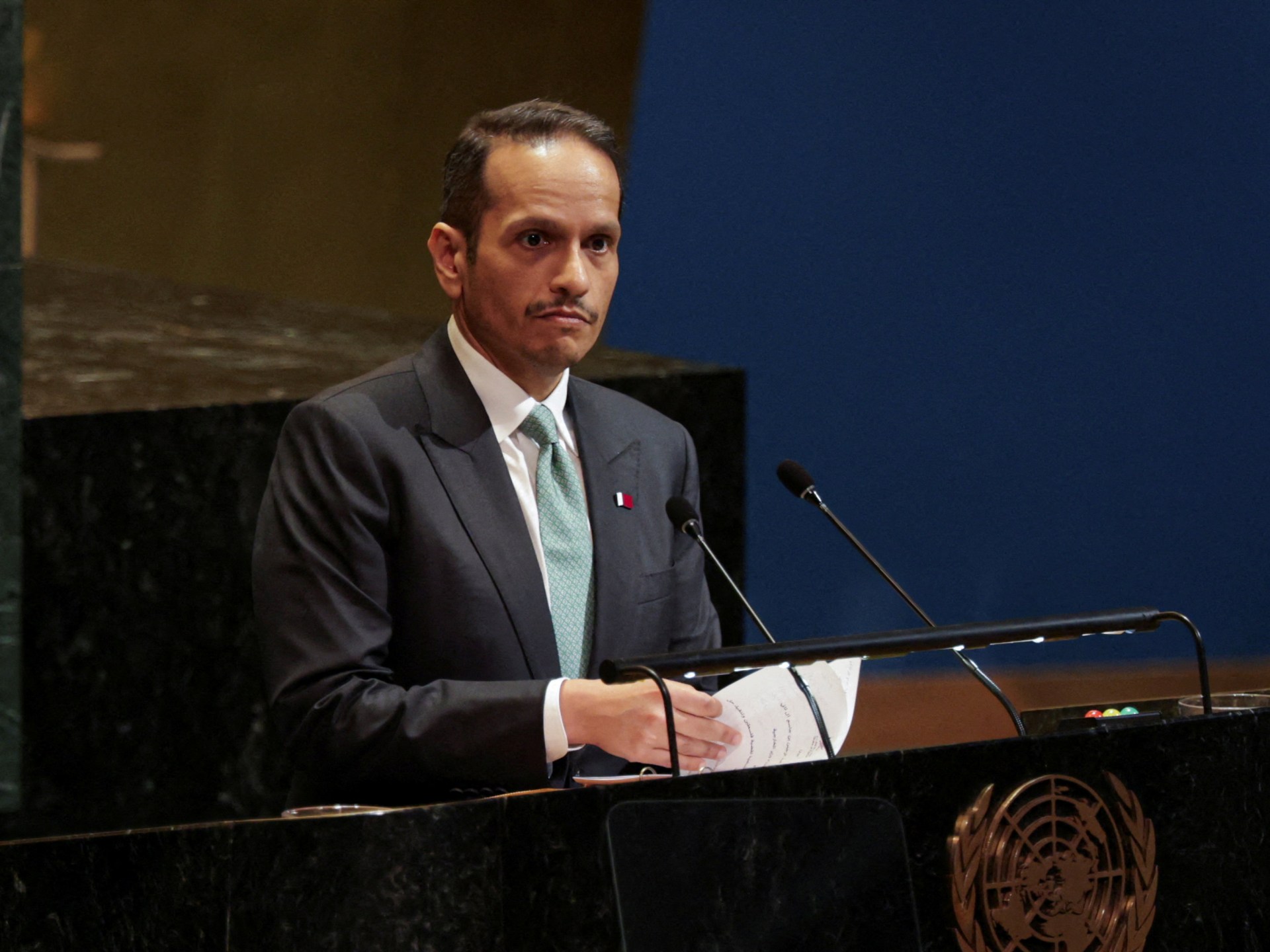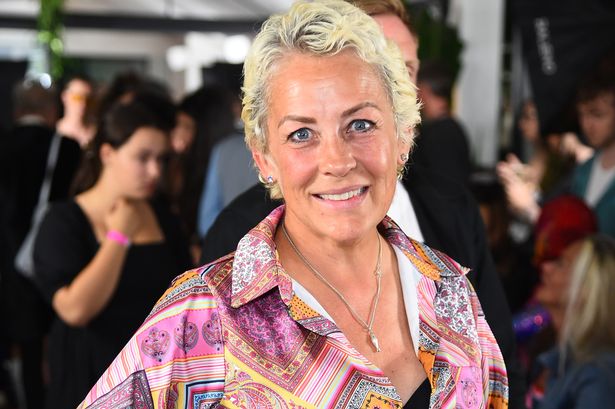Qatar’s Prime Minister Sheikh Mohammed bin Abdulrahman bin Jassim Al Thani is meeting United States President Donald Trump in New York in the wake of Israel’s deadly strike on Doha this week.
Sheikh Mohammed, who is also the country’s foreign minister, has been engaged in a flurry of diplomatic activity in the US since Israel’s attack on a Hamas meeting in Doha on Tuesday, which killed a Qatari security official and five Hamas members who were discussing a new deal proposed by Trump to end the Gaza war.
Recommended Stories
list of 3 itemsend of list
Ahead of Friday’s dinner meeting with the US president, Sheikh Mohammed met US Vice President JD Vance and Secretary of State Marco Rubio at the White House, where they discussed Israel’s strikes and the US-Qatar security arrangement, according to Al Jazeera’s Kimberly Halkett.
Washington counts Qatar, which hosts its Al Udeid airbase in the desert outside Doha, as a strong Gulf ally.
Trump has already said he was “very unhappy” about Israel’s targeting of Qatar, which appeared designed to derail ongoing Israel-Hamas ceasefire talks.
“The concern is that the relationship between Qatar and the United States has become increasingly complicated as a result of those strikes, so they’re looking for a path forward on both of those issues,” said Al Jazeera’s Halkett, reporting from Washington, DC.
Halkett said Friday’s scheduled meeting with Trump would “continue the conversations regarding Israel’s attack on Doha earlier this week and the negotiations to end Israel’s war on Gaza”.
The location and time of the dinner remain unclear, but Trump is currently in New York and is staying at his eponymous Manhattan tower.
Balancing act
This week has also seen the Trump administration engaged in a balancing act between Middle East allies and Israel.
The issue was brought to the fore on Thursday, when the US – which traditionally shields Israel on the international stage – joined fellow members of the United Nations Security Council in condemning the country for its attack on Qatar.
But in what appears to be a show of continued support for Israel, Rubio will arrive in Israel this weekend for a two-day visit before attending an upcoming UN summit on September 22, where a number of Western countries plan to recognise a Palestinian state.
That meeting signals growing international momentum towards a viable post-conflict settlement for Israel and Palestine, which was manifest at Friday’s meeting of the UN General Assembly, which endorsed a resolution pushing for a revival of the two-state solution.
France and Saudi Arabia have been instrumental in pushing for “collective action to end the war in Gaza, to achieve a just, peaceful and lasting settlement of the Israeli-Palestinian conflict”, which has so far killed at least 64,756 people.
During his visit to Israel, Rubio will speak to leaders about “our commitment to fight anti-Israel actions, including unilateral recognition of a Palestinian state that rewards Hamas terrorism”, State Department spokesman Tommy Pigott said in a statement.











